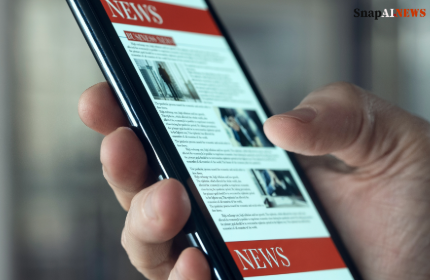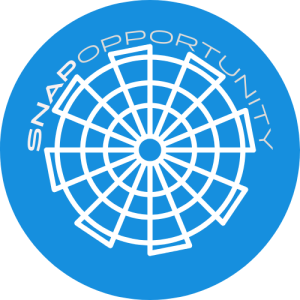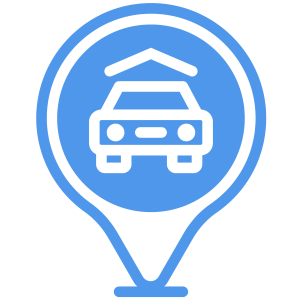Gen Z and baby boomers agree on AI at work – Employee Benefit News
There are currently five generations coexisting in the workforce, and their varying mindsets and approaches to work have led to conflict and confusion over how to best connect with each other. Could AI be the solution they need to meet in the middle?
Forty-nine percent of managers say it’s difficult to work with Gen Z all or most of the time, according to Resume Builder. As for Gen Z, LinkedIn found that one in five haven’t had a single direct conversation with someone over 50 in their workplace in the last year. Those younger workers are also the least likely to feel confident interacting with other generations generally.
“There’s a misalignment of expectations in the workforce right now, and a lot of it comes from differences in people’s backgrounds,” says Seckin Secilmis, founder and CEO of workplace training platform 5fn. “Millennials and Gen Z are coming in and really looking for mentors and career growth. Meanwhile the older generation is looking for people willing to get work done.”
Read more: Can AI solve the mental health crisis?
These generations need to find a common language with each other, and technology appears to be an area they all agree on: 78% of employees are interested in learning how new technologies such as AI, robotics and virtual reality work, according to a survey from the Harris Poll and research platform the Human Flourishing Lab, and 80% of each generation agreed that it is important to keep an open mind about these new technologies.
While these tools can help streamline work processes, their bigger power is what they give employees in return: Time to connect with each other, an essential part of fostering connections and understanding differences, Secilmis says.
“People are realizing that what AI is going to do for them is eliminate the laborious time-consuming task of collecting information from team members,” Secilmis says. “That way, managers can spend time actually coaching and growing their younger team members when they do meet face-to-face, and talk about career goals and strategize how to get you there.”
Read more: How AI frees up recruiters to focus on people first
For example, employees can use AI to tackle menial tasks like writing emails and reports, freeing up time to collaborate over ideas. Building these connections can also combat burnout, a top reason for communication breakdowns among teams. More than half of managers reported feeling burned out at work in 2023, according to a study conducted by the Harvard Business Review.
“Managers are so busy all the time and so they don’t always get those informal moments to make connections with people,” says John Scott, head of learning design and strategy for MasterClass at Work. “And when relationships are transactional, that’s where people are only seen through one particular frame.”
Prioritizing relationships between old and young talent is critical to the success of a business. Ninety-six percent of employees believe that empathy — both showing it and receiving it — is important to retention, according to a report from Businessolver. In the same vein, employees who feel their voice is heard by leadership are more than four times more likely to feel empowered to perform their best work, a report from Salesforce found.
Read more: Struggling to support 4 generations with their financial well-being? Here’s where to start
“When we think about a solution to the intergenerational divide, it really starts with prioritizing and validating human stories and developing the skill sets on how to practice and apply those things,” Scott says. “That’s where AI is giving people the space to develop the right tools, so they can feel prepared in moments where you’re having a real or hard conversation with someone.”
While the generational divide will never truly close, tech will continue to be a tool workers of any age can benefit from. And as younger, more tech savvy generations come up rapidly through the ranks, organizations need to act now to ensure an exchange of knowledge and skills happens, before they leave. Whether with tech tools or more old-fashioned methods, it’s in all organizations’ best interest to find a way to promote meaningful connection between their employees as early as they can.
“Companies don’t have the 10 to 15 years to wait for older generations to retire, while simultaneously giving their experience and knowledge to Gen Z anymore,” Scott says. “It’s going to be up to AI to help bridge that divide by providing low effort, high speed solutions that can make a change very quickly.”













